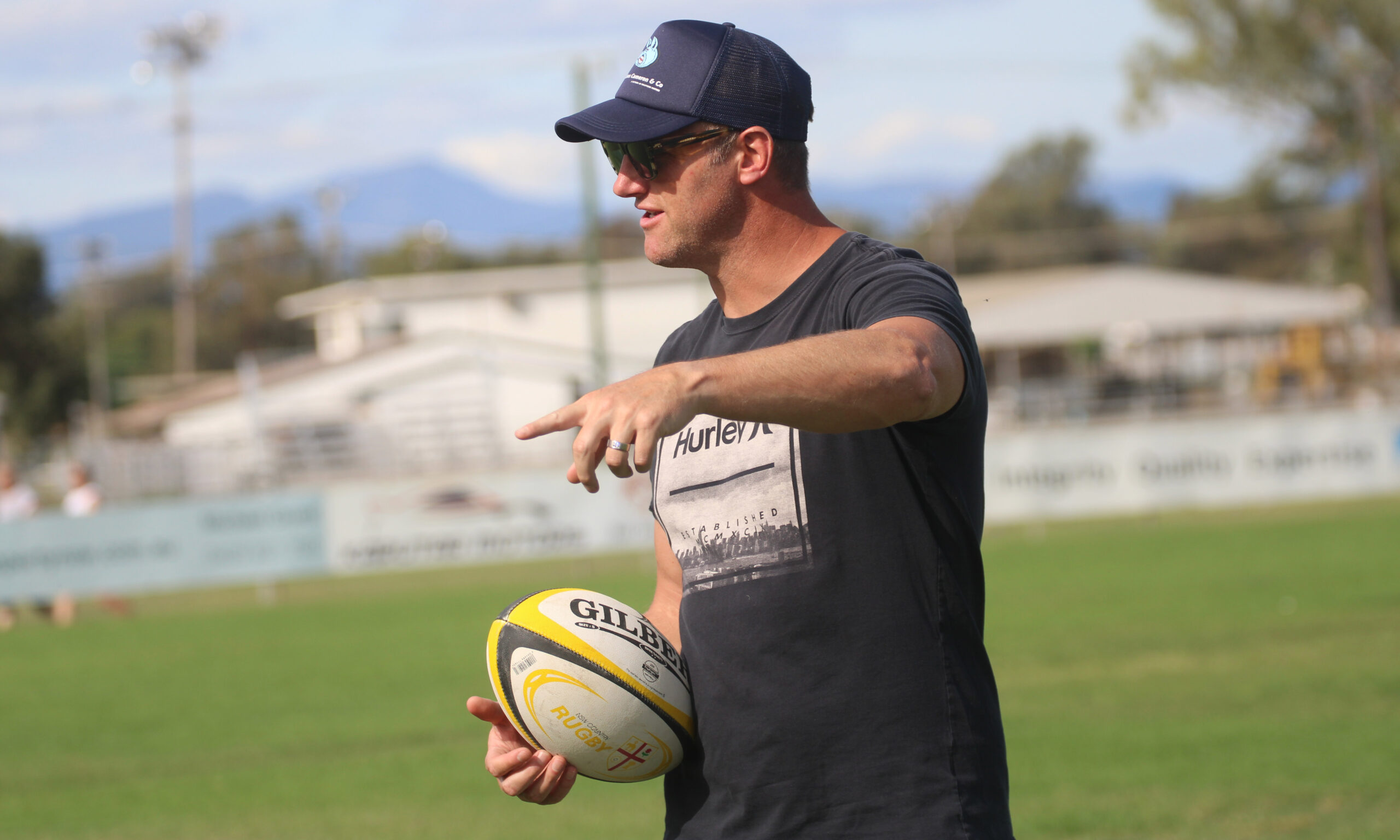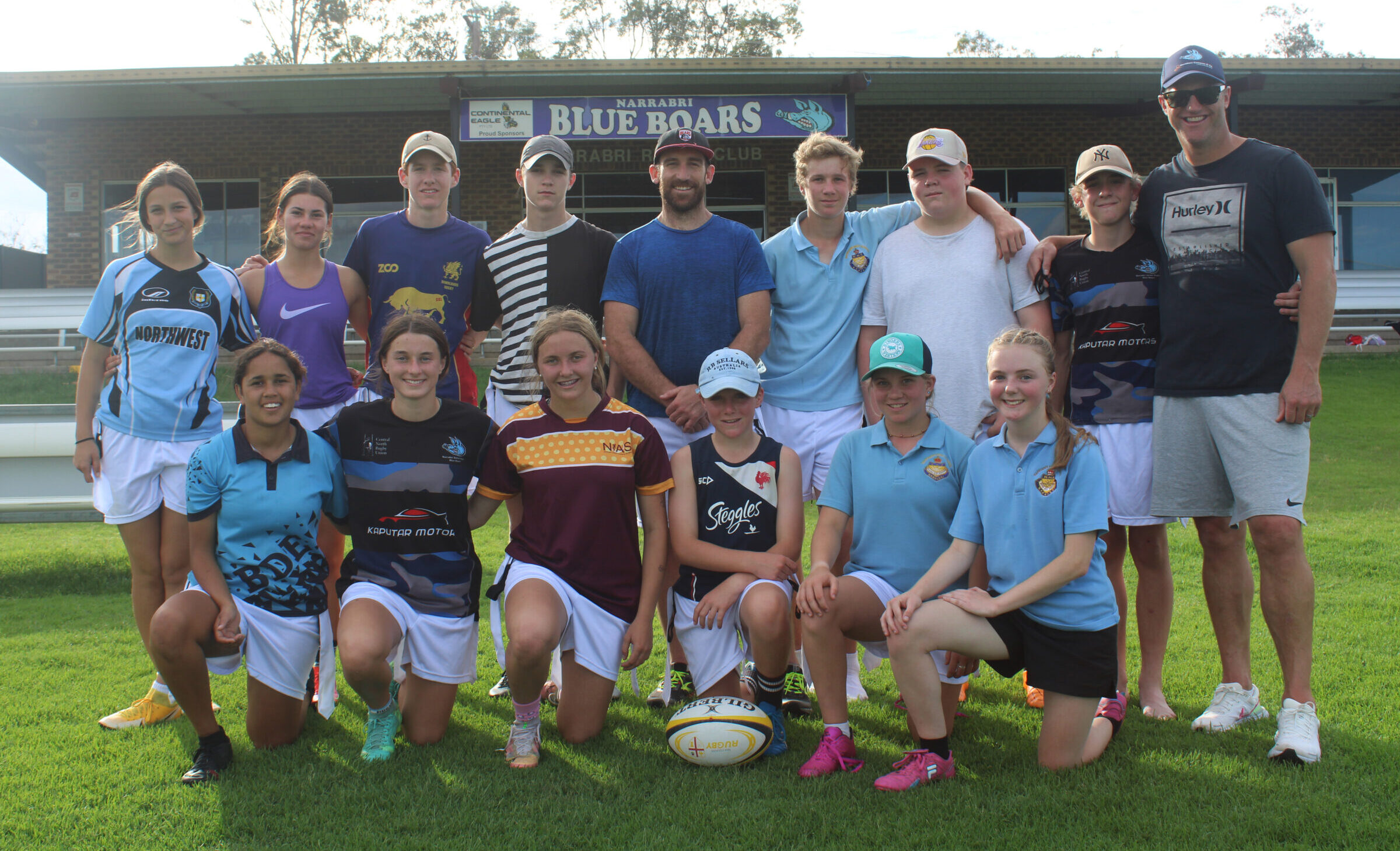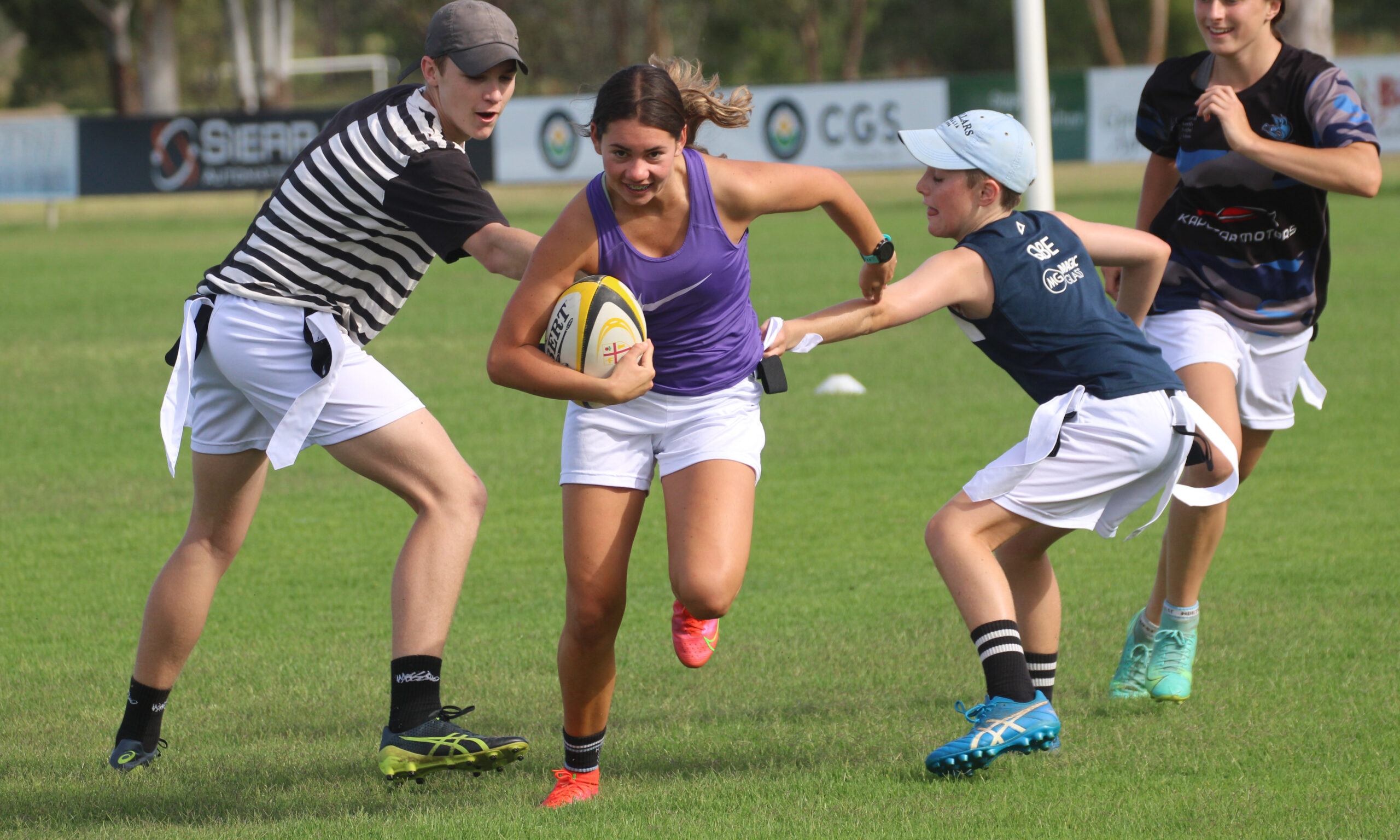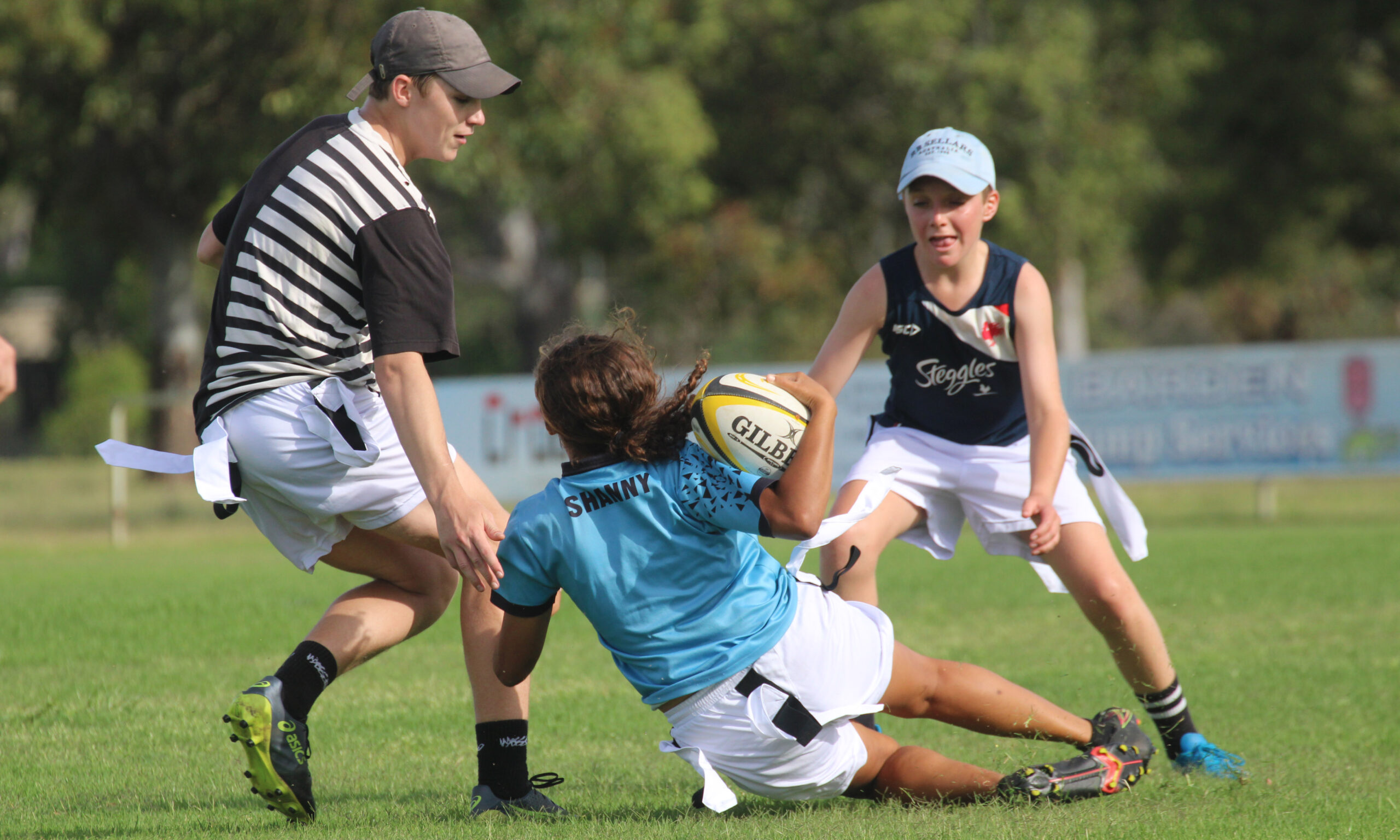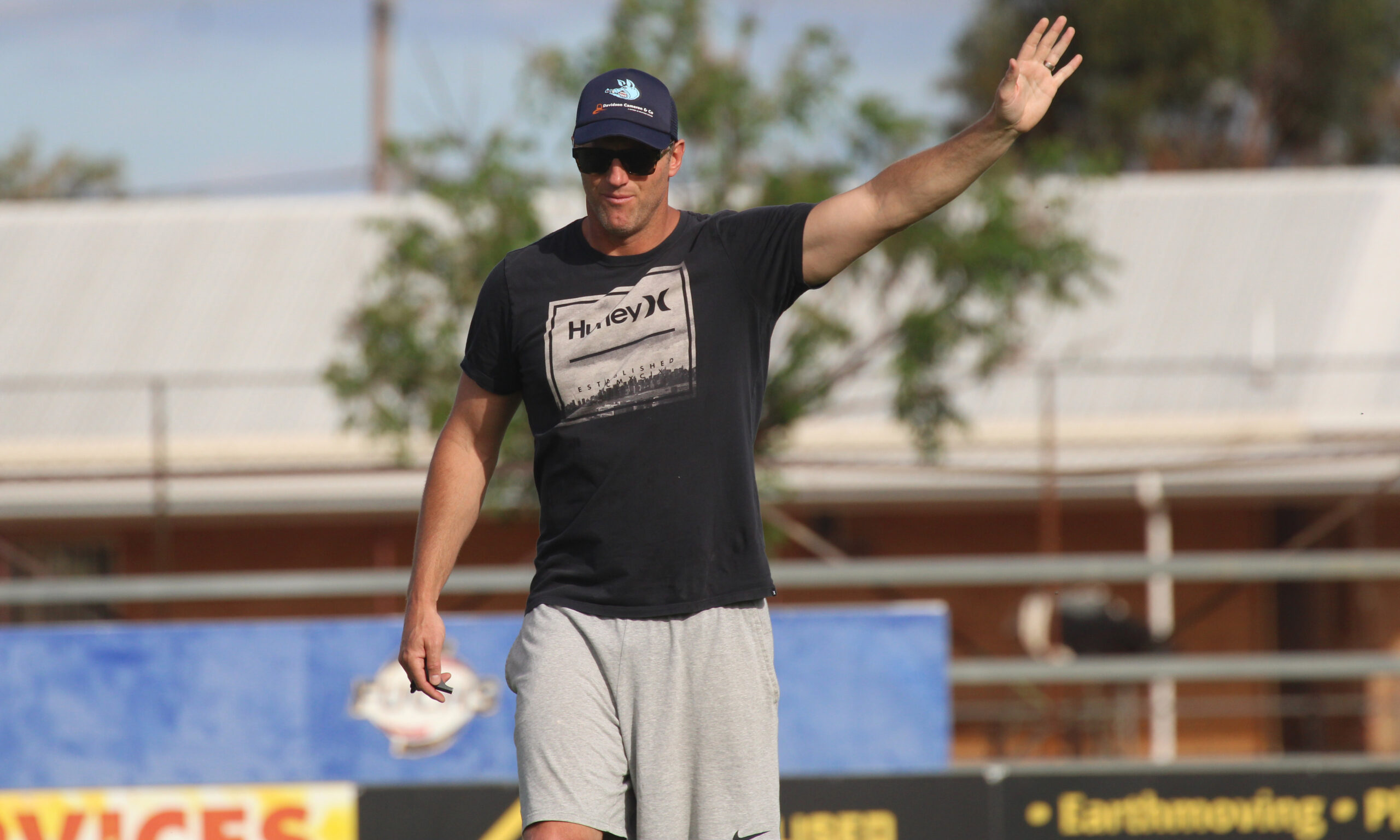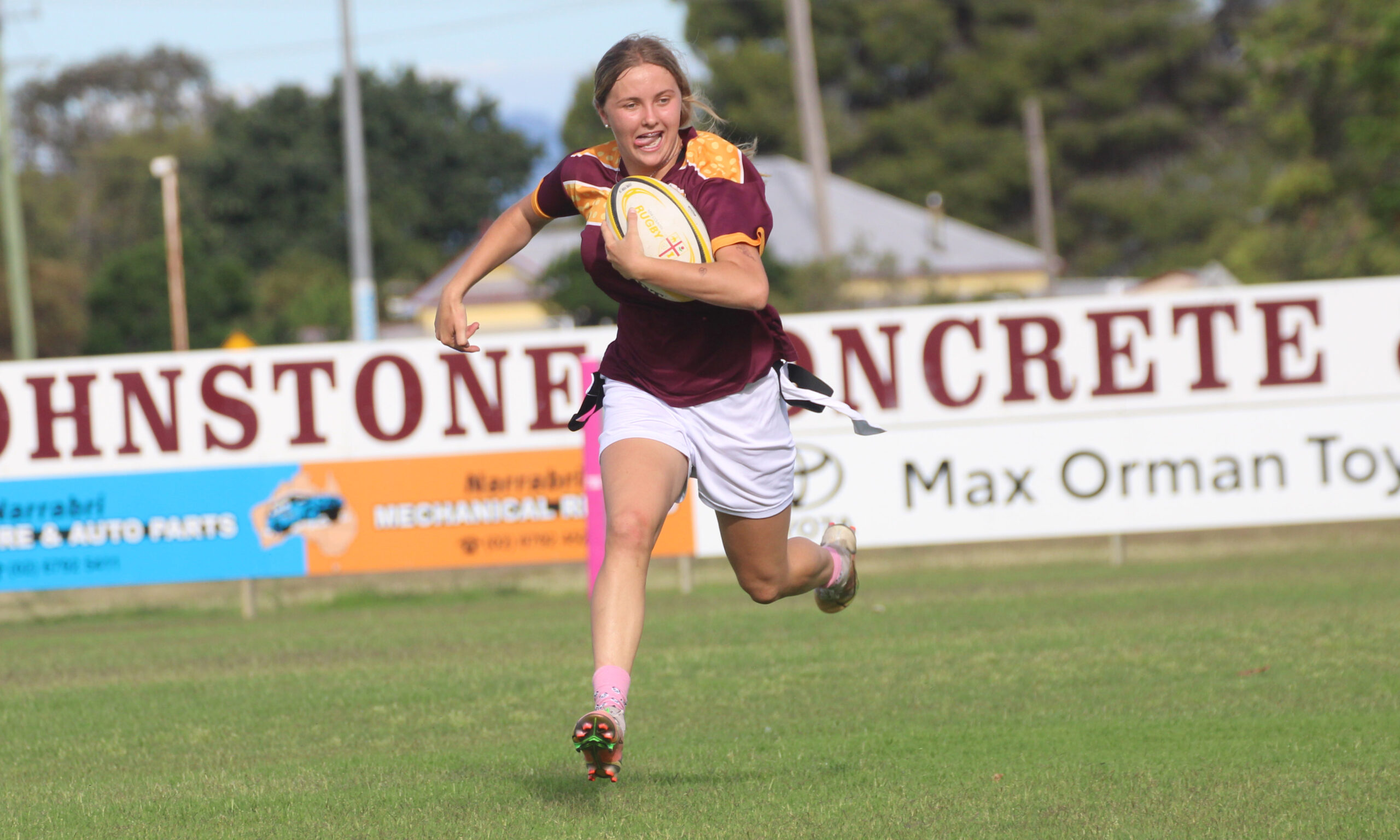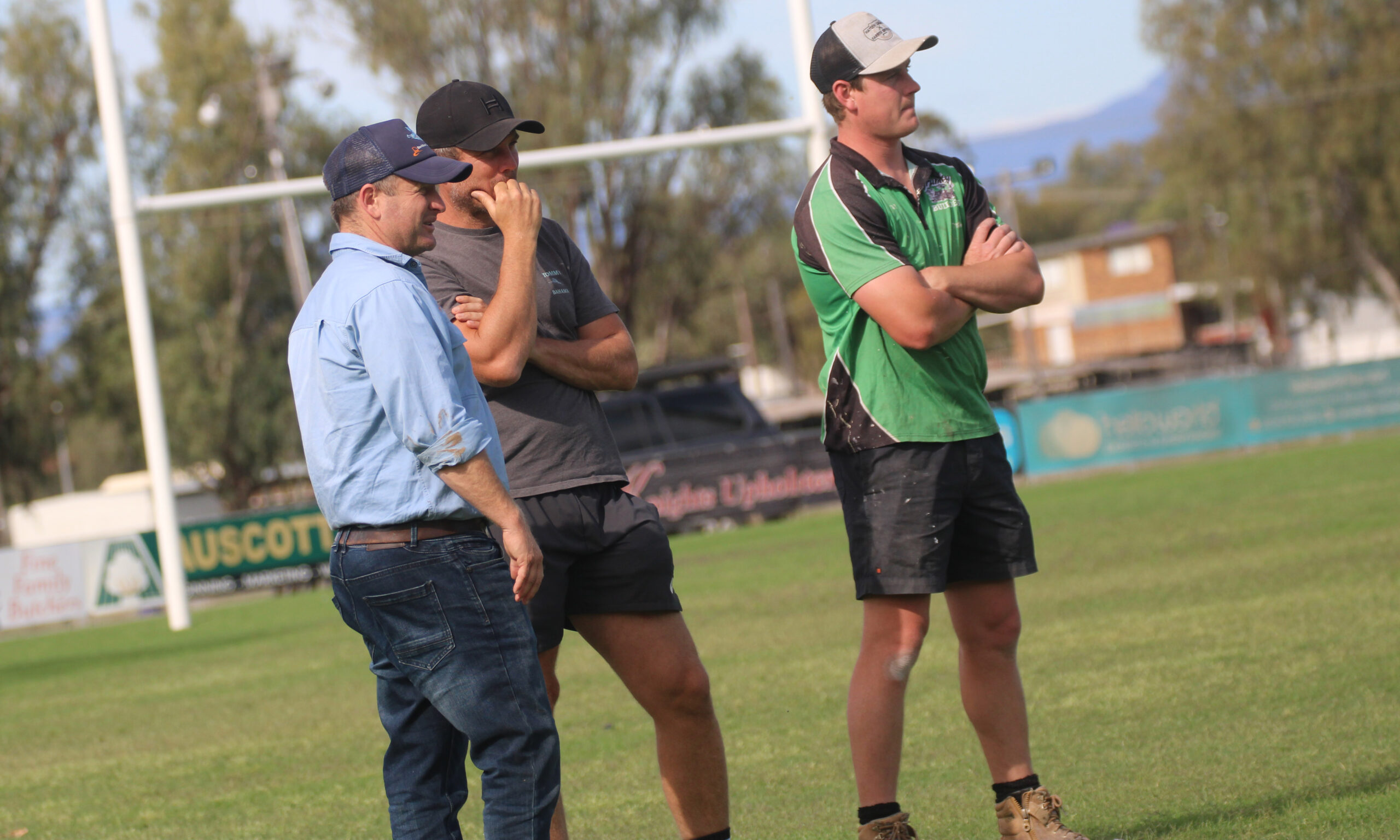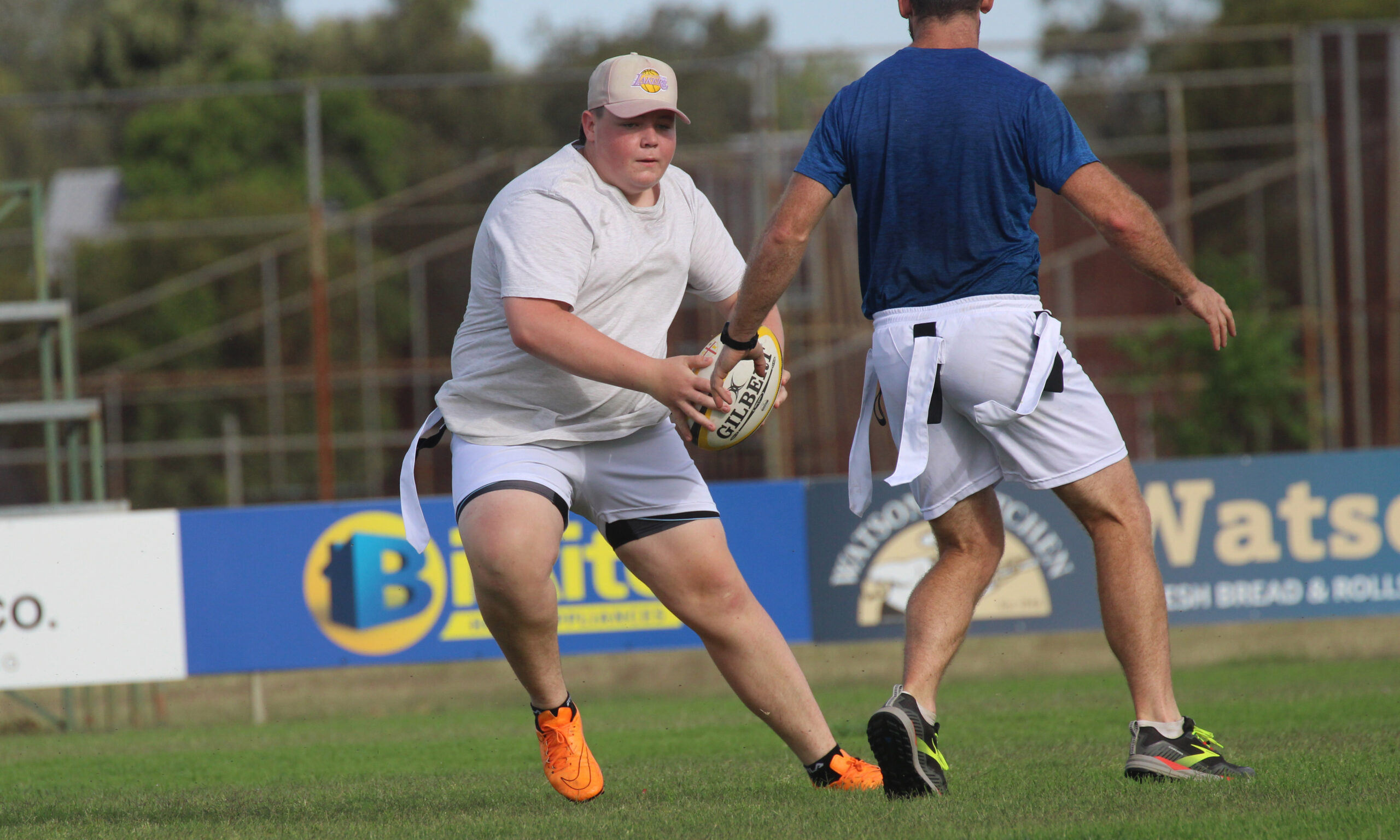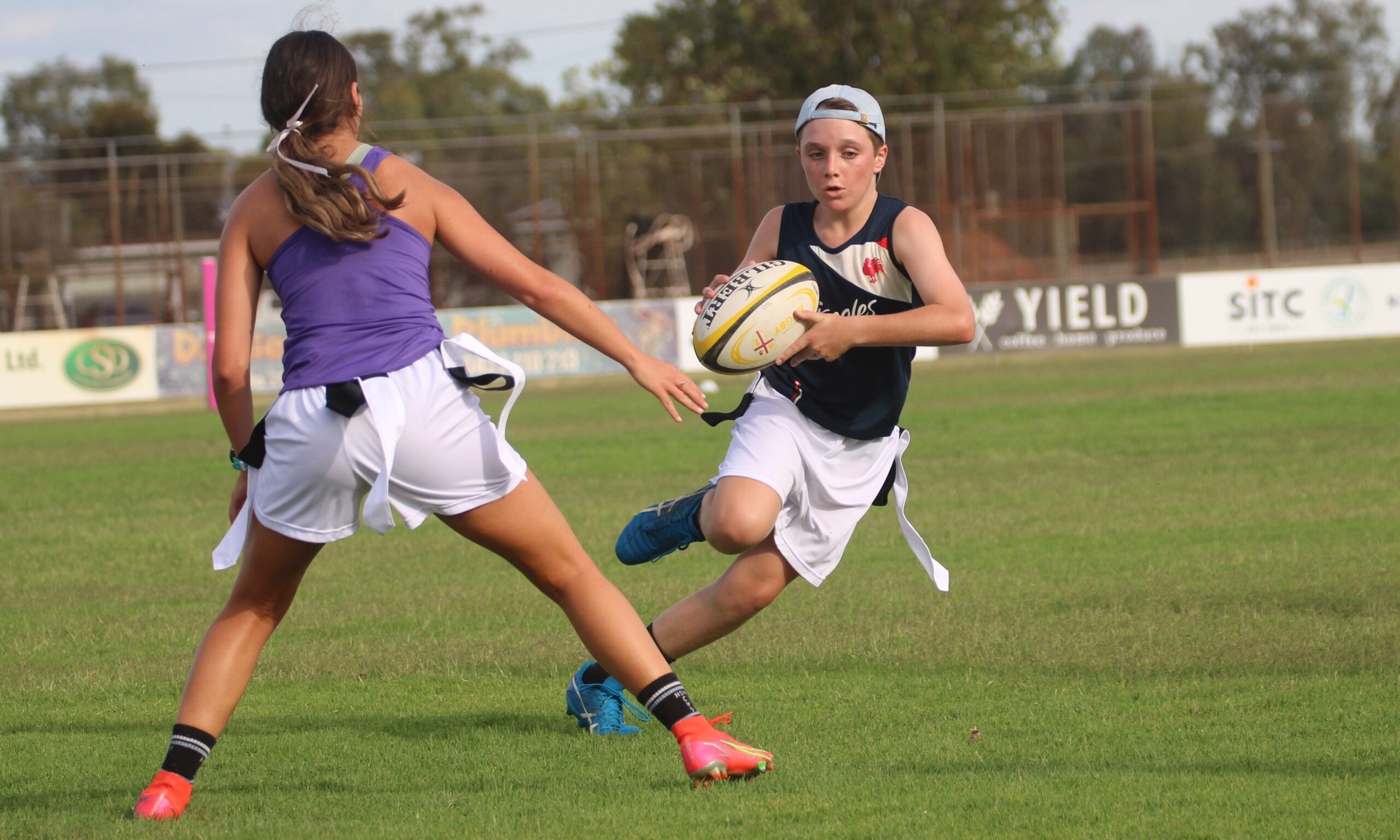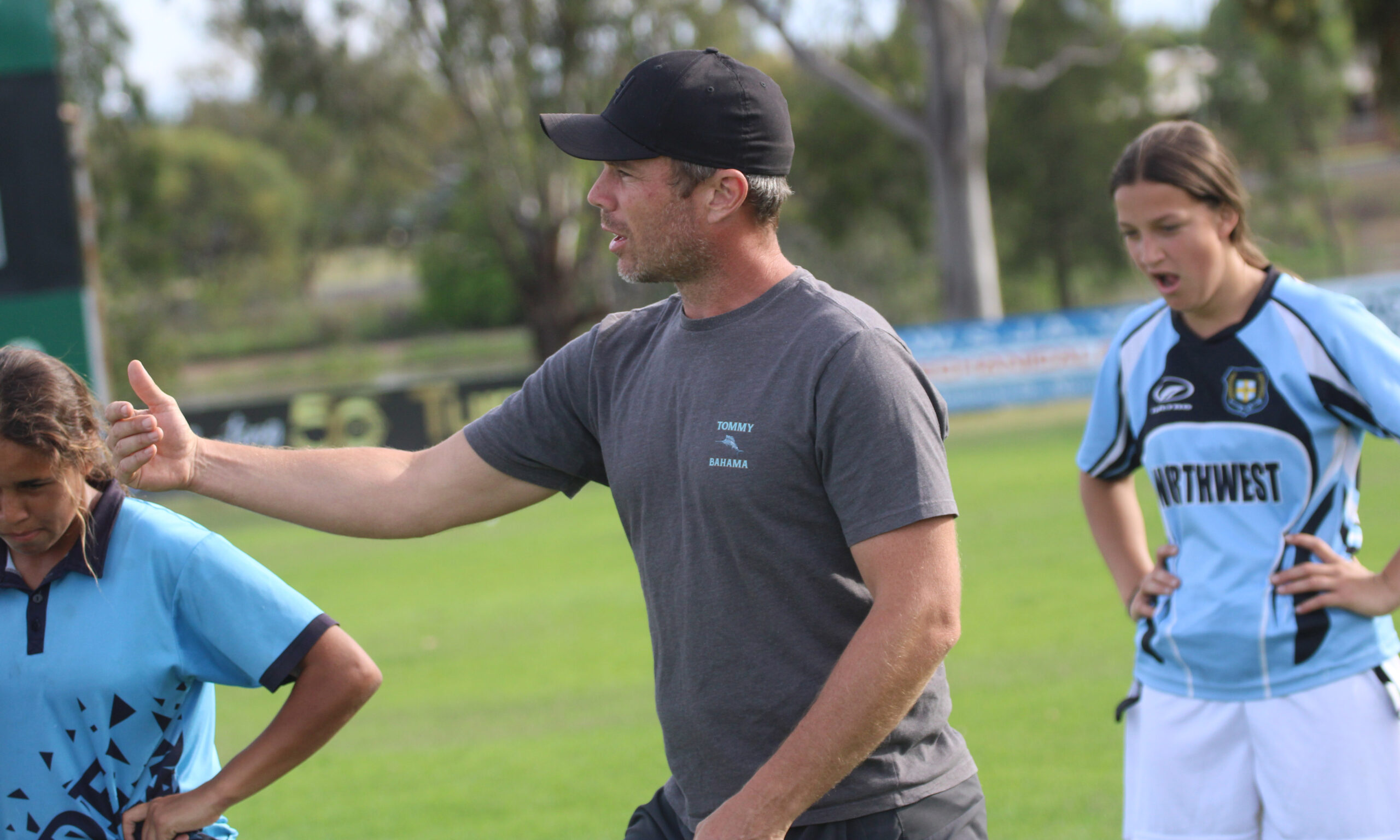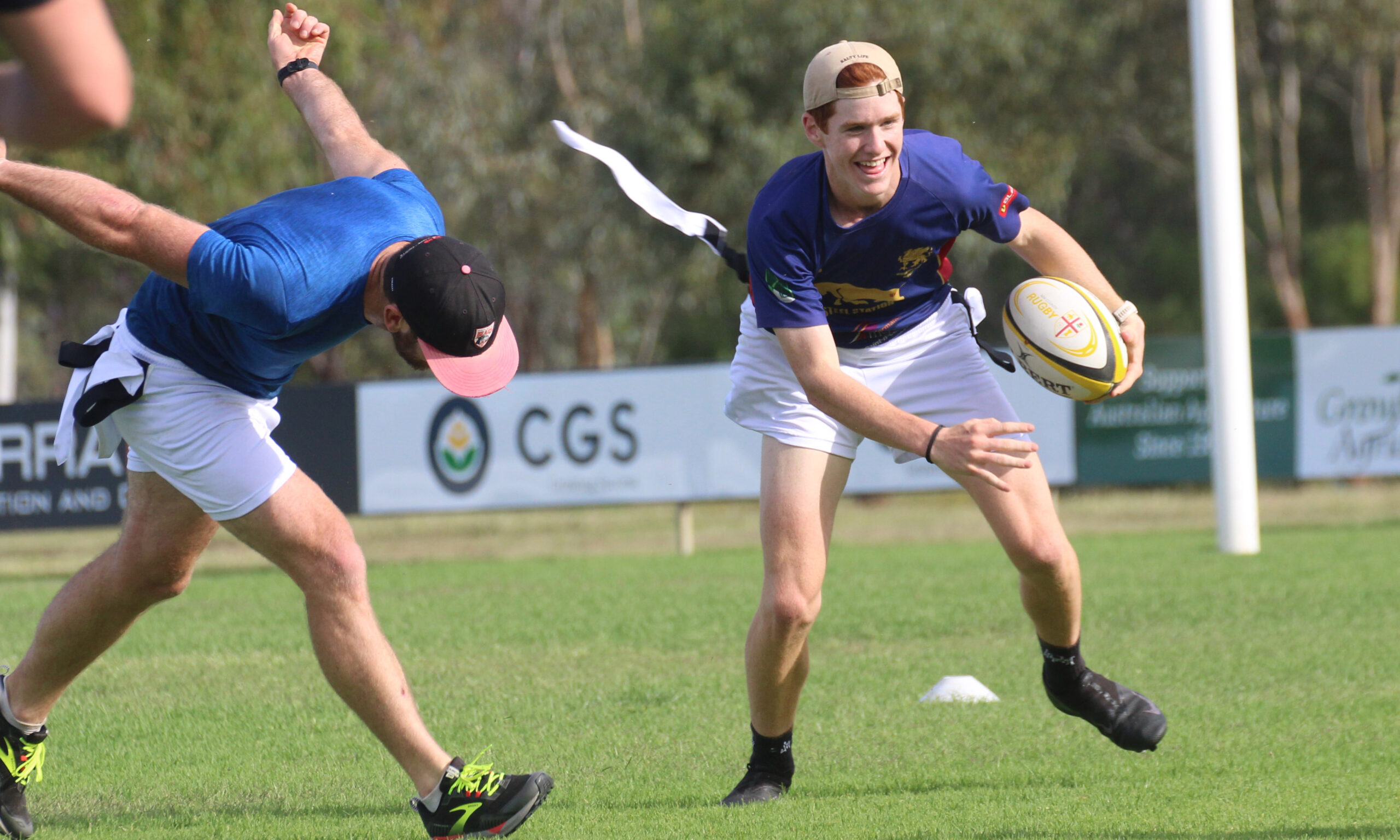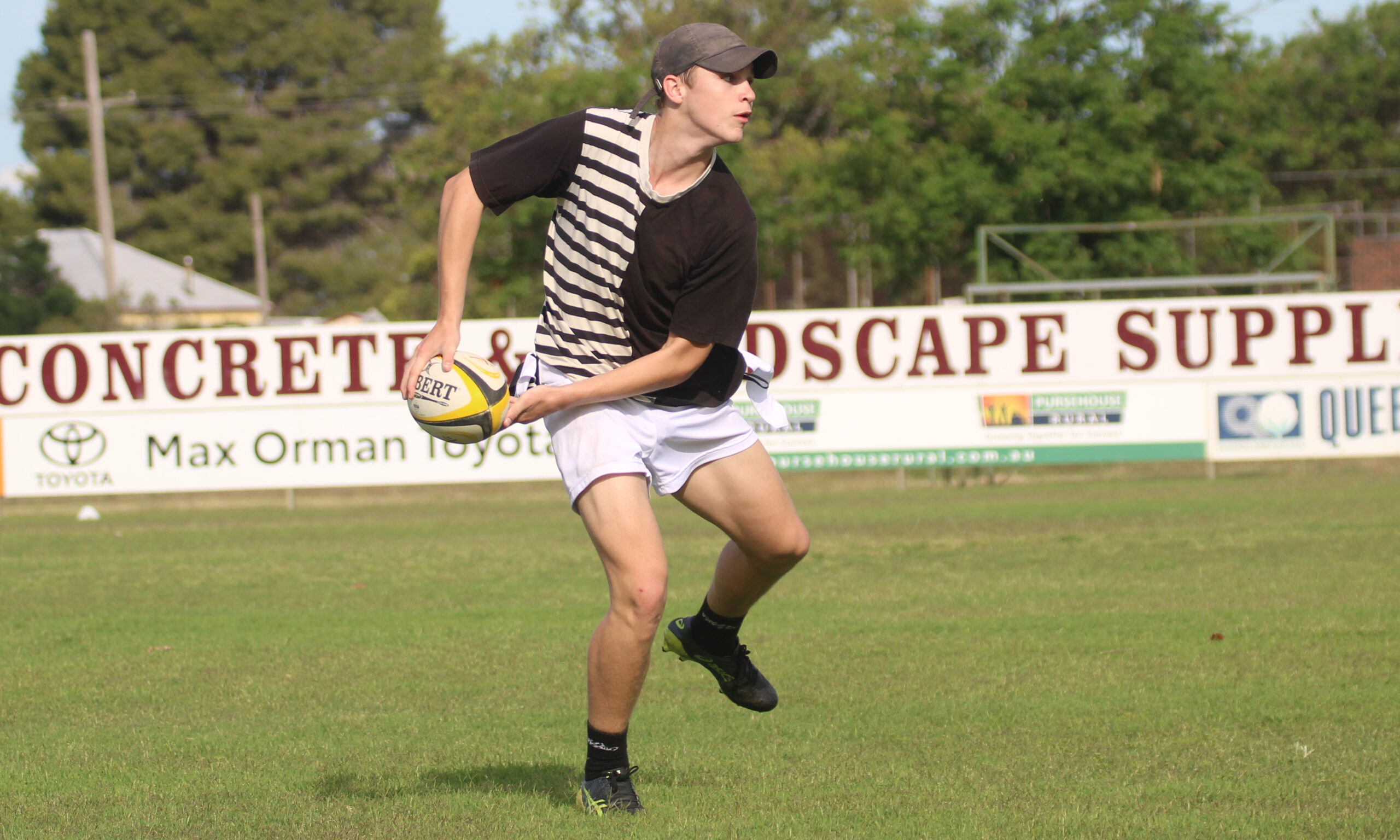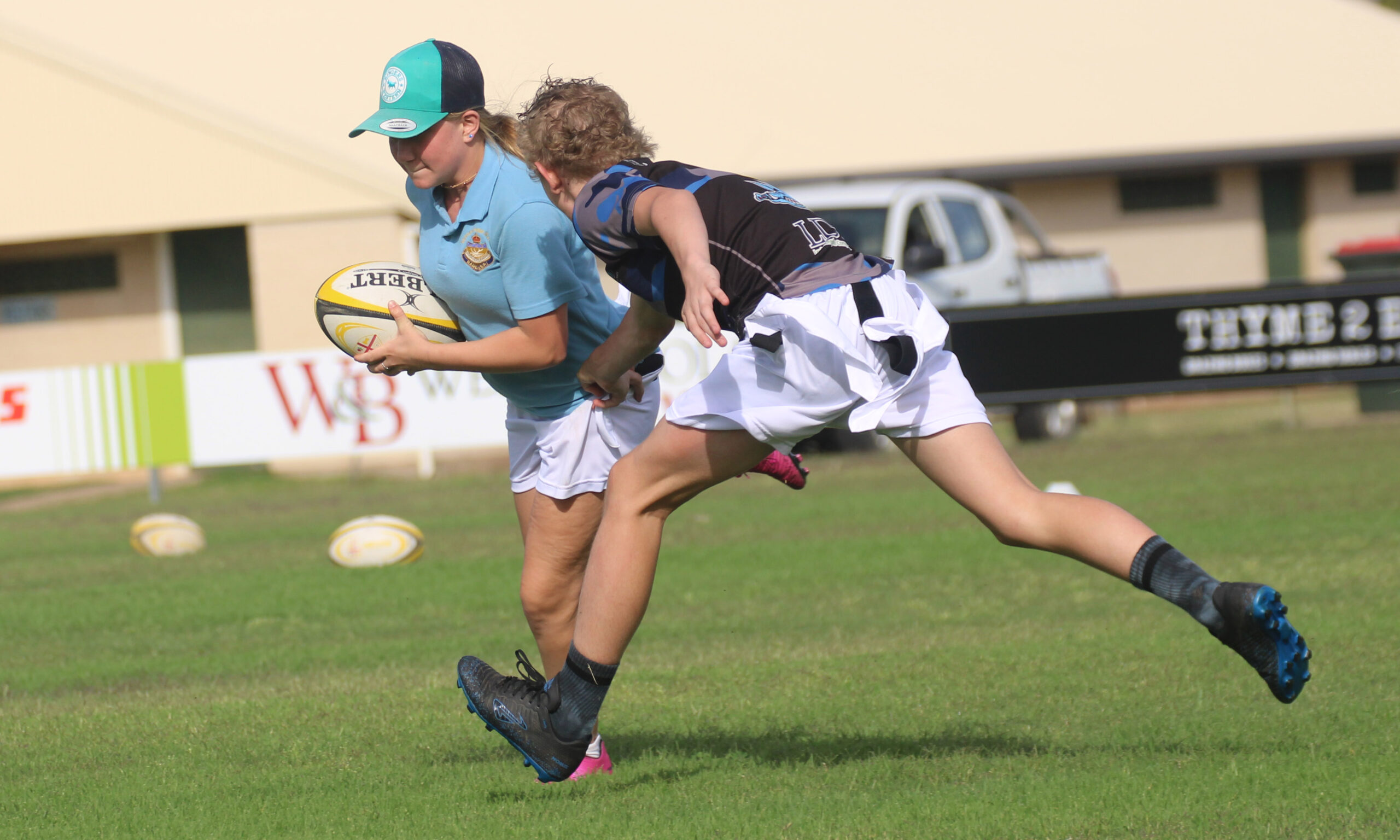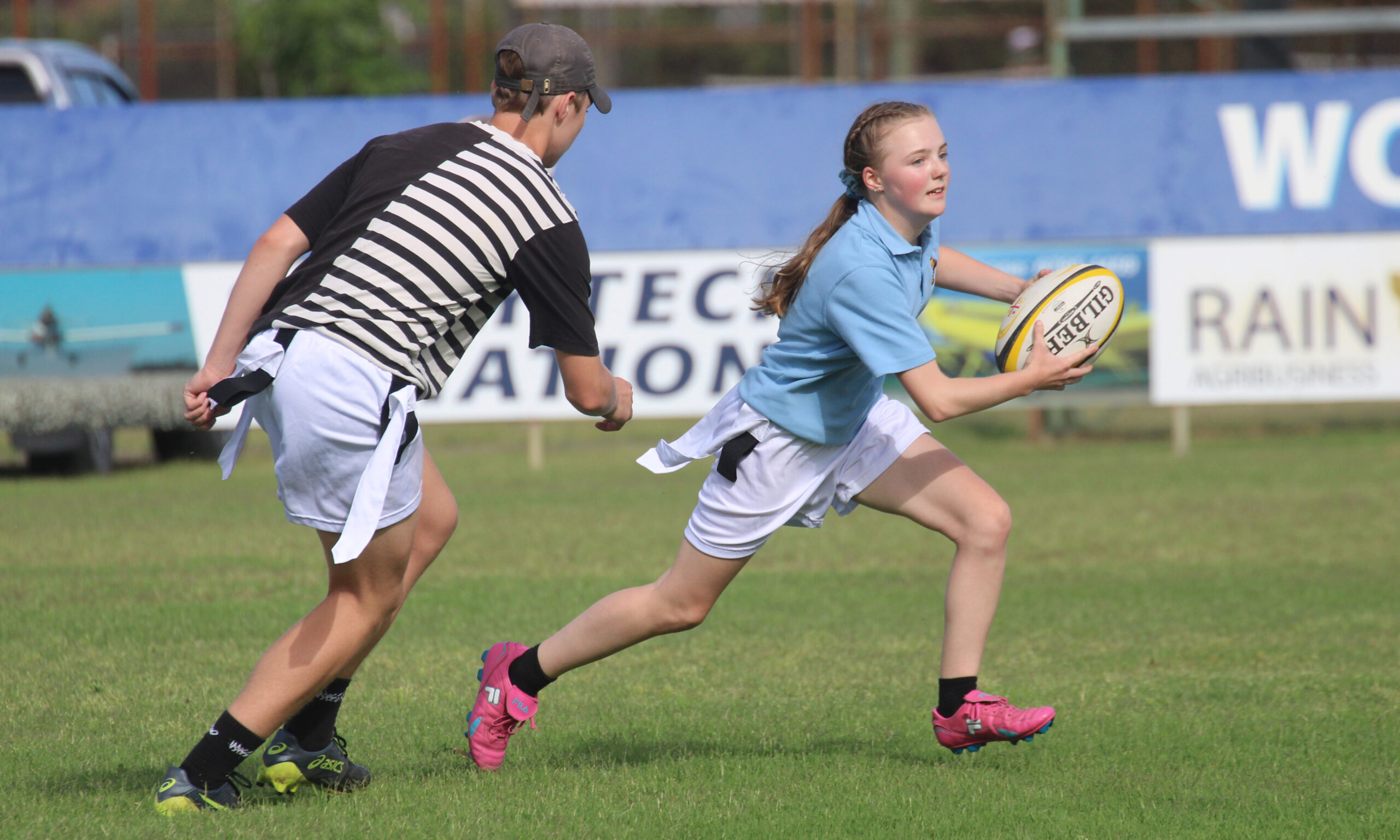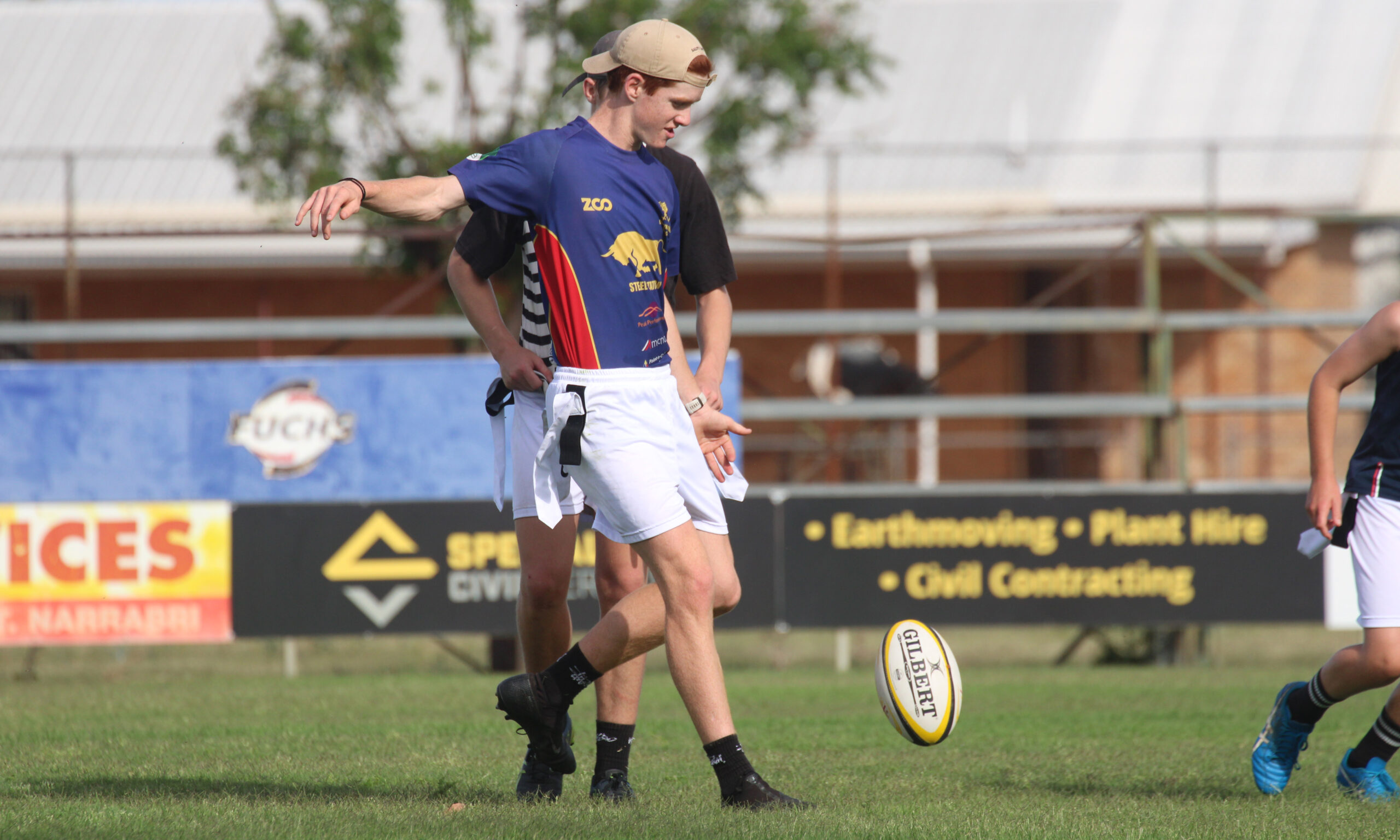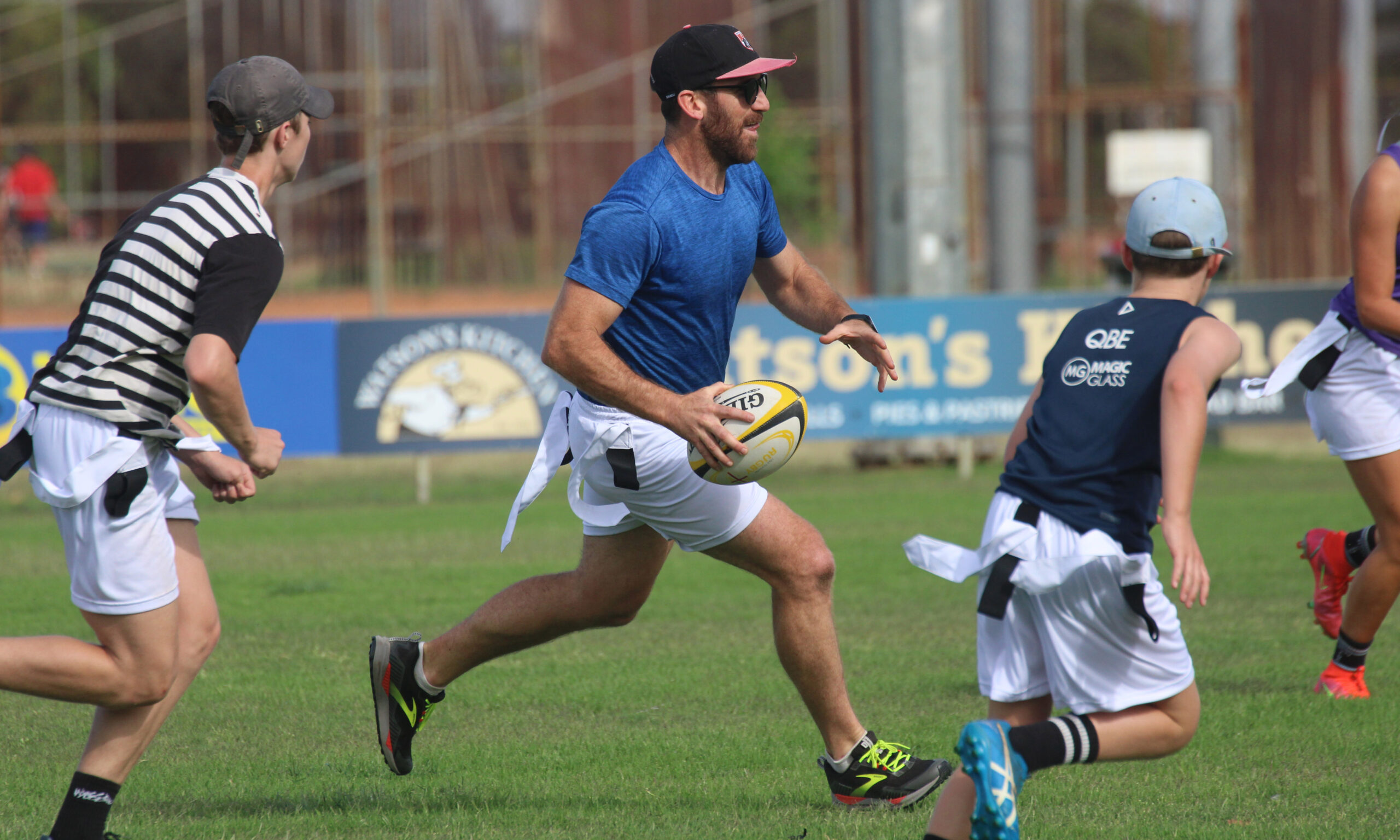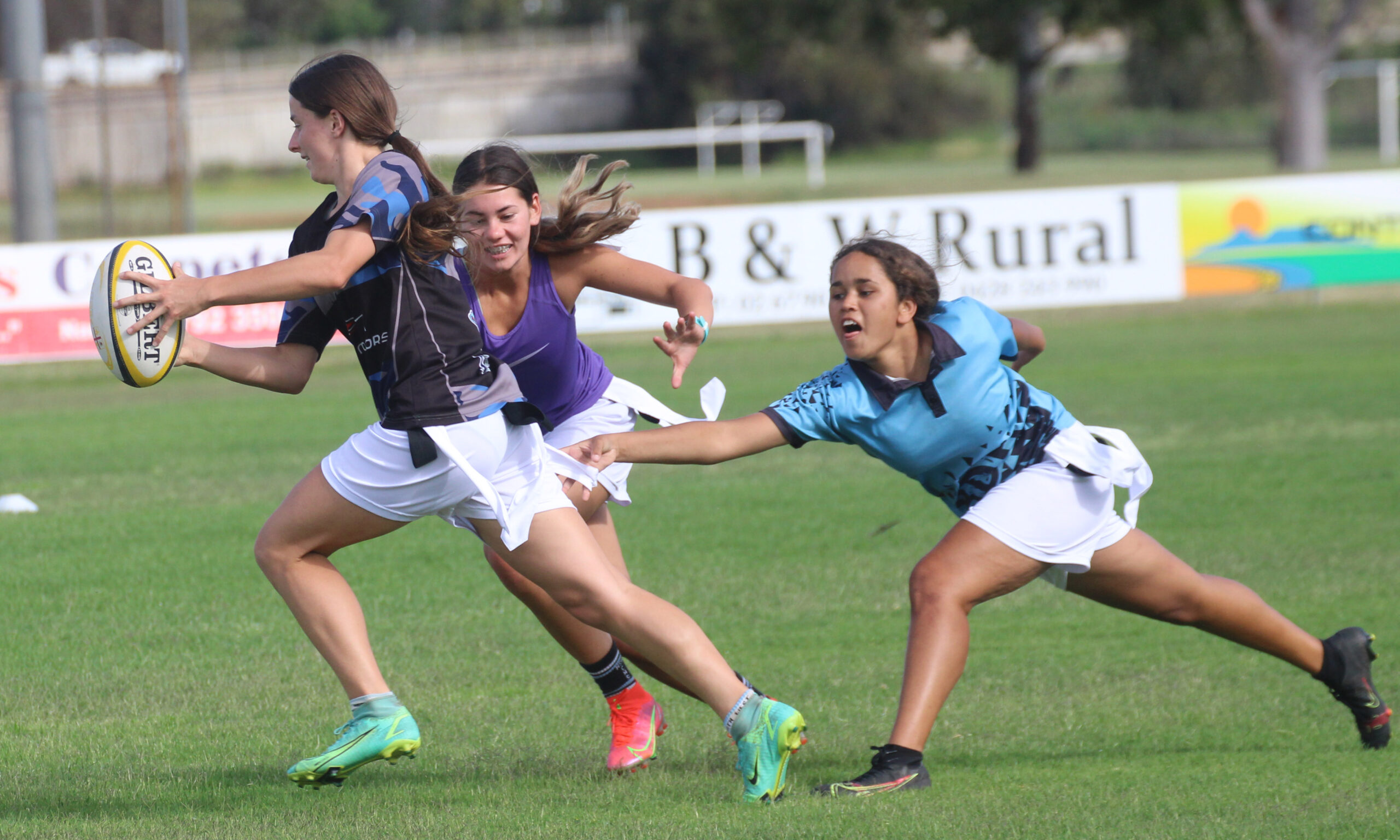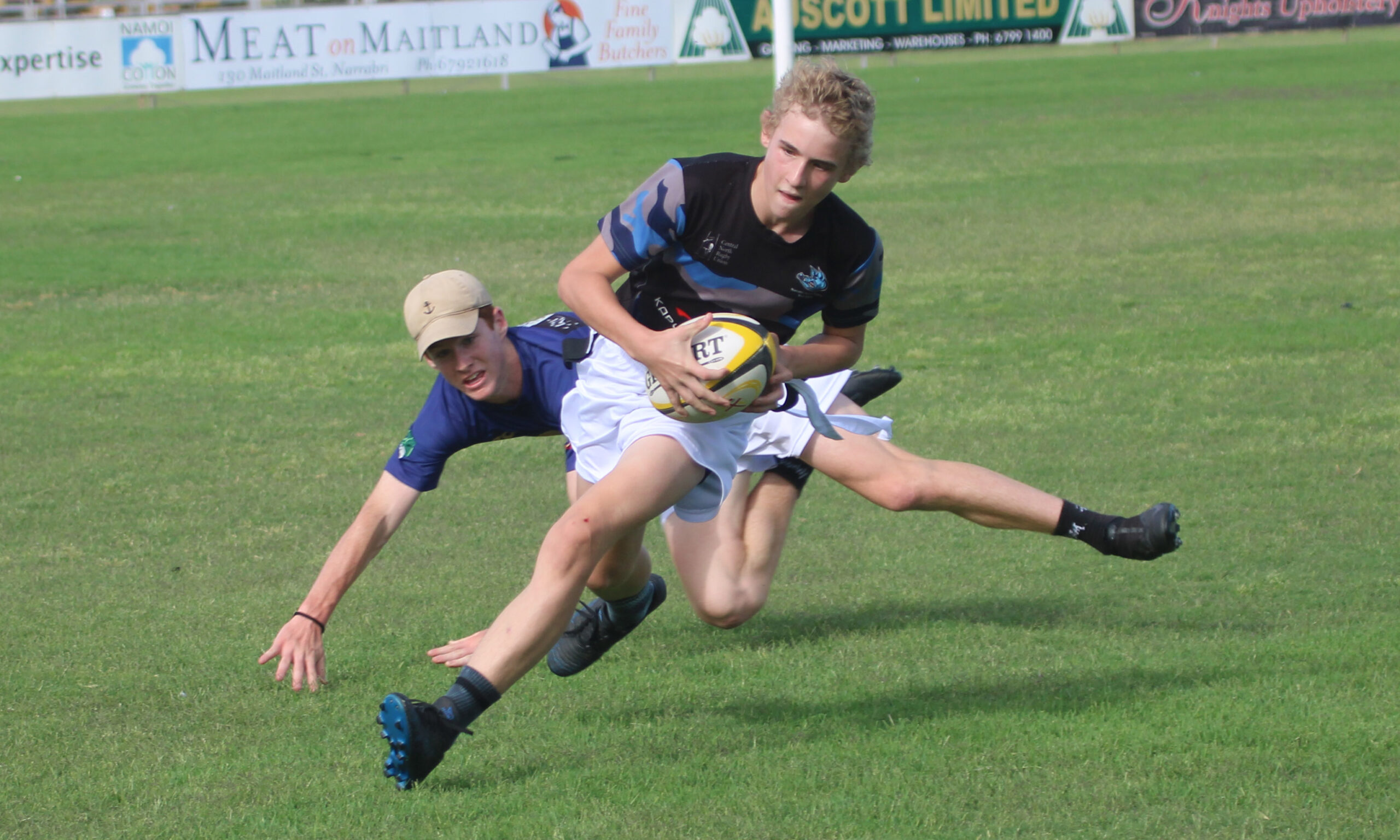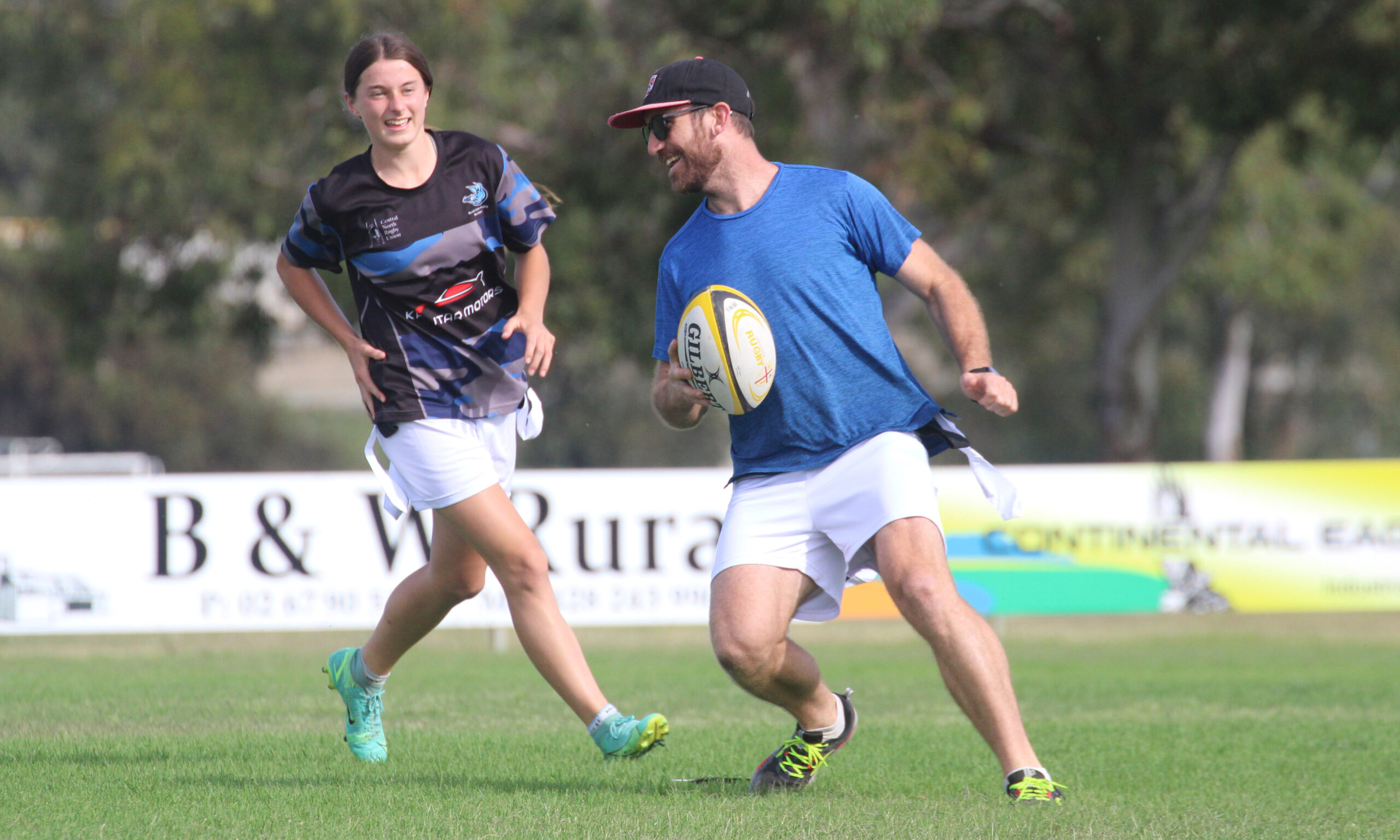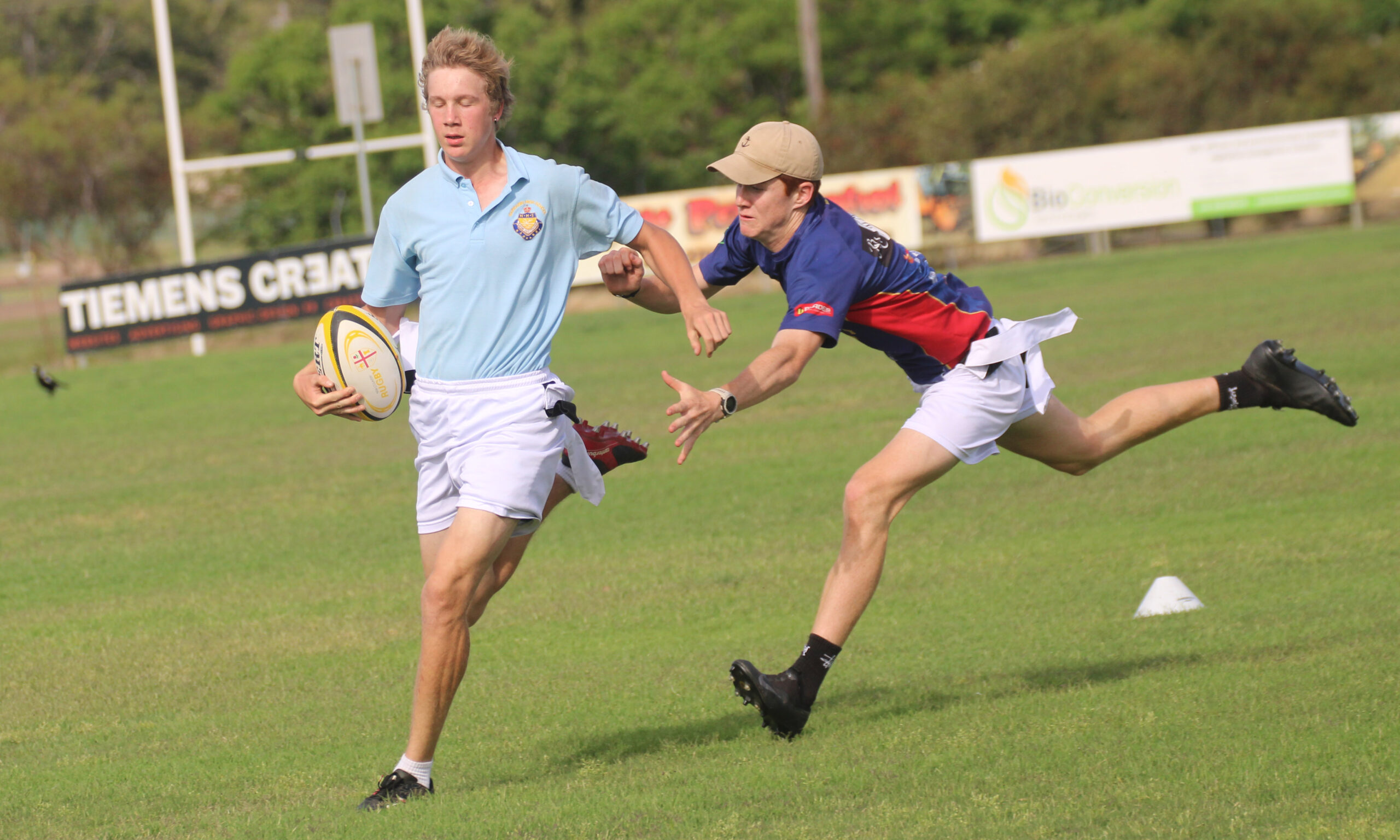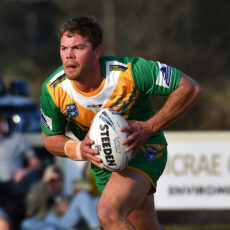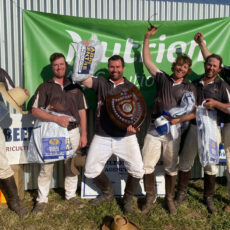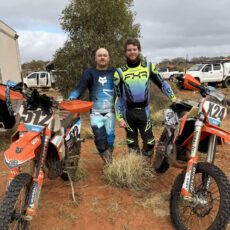Australia’s sportiest town got a whole lot sportier last week when an impressive new game – ‘tri tag rugby’ – came to Narrabri.
Tri tag rugby is the brainchild of St George Illawarra Dragons and NSW Blues league legend Mark Gasnier.
It is a minimal contact, low injury risk, attack-based rugby union game that incorporates traditional rugby’s skill set and fabric.
Tri Tag Rugby’s chief executive officer Gasnier, who played 26 games for professional French rugby union club Stade Français from 2008 to 2010 between his two NRL stints at the Dragons, visited Narrabri last week to introduce the sport.
He was met by an overwhelmingly positive response from members of the town’s senior and junior rugby clubs.
Gasnier put a group of keen Narrabri Junior Rugby Club players through their paces at Dangar Park during the Wednesday afternoon session.
The young guns picked up the game almost immediately, a testament to Gasnier’s passion for the new sport and his ability to juggle refereeing the contest while coaching the players.
The junior Blue Boars quite visibly gave the game a big tick of approval as they raced in and out of drink breaks in order to spend more time on the field playing the new sport before protesting when ‘Mr Pursche’ (Blue Boars player, Narrabri Junior Rugby Club coach and Narrabri High School teacher Clayton Pursche) and Gasnier agreed to call full-time following an action-packed contest.
Gasnier told The Courier that his inspiration behind tri tag rugby was the declining participation rate in rugby union as well as providing an opportunity for a broader range of people to get involved.
“It’s a non-contact rugby game,” he explained.
“So it’s basically rugby, taking away the contesting.
“The whole idea is to broaden the participation base to appeal to more people, but at the same time, teach them the appropriate skills and knowledge so that they can transition straight into the traditional 15s format or sevens straight away.
“Grassroots rugby clubs really need to get more funding and more people back through the doors.
“My belief, which I’ve believed for about 12 years now, is that every contact sport has to have a non-contact format.
“It’s the way the world is going.
“Tri tag rugby is pretty much perfect rugby without the contact or contest, but the contest is actually replaced by limitations around the time you’ve got to clean out and play on.”
Narrabri Rugby Club president Mick Coffey said that it was ‘massive’ to have someone like Gasnier bring his new sport to Narrabri, and said that the great turnout of junior players at the session, given it is November when winter sports are usually long forgotten about, highlighted the thirst for rugby union in the town.
More about tri tag rugby
Tri tag rugby was designed to provide an alternative to contact rugby for parents concerned about their sons or daughters suffering head knocks or injury, players who don’t like contact, those which are unable to play contact rugby due to the risk of missing out on work if they sustain an injury, and those wanting to participate in a unisex format.
The game uses a patented three-tag stretchable tagging system. There is one tag on each side of the shorts as well as a tag on the back.
An attacking player’s progress can only be halted by removing one or both of their side tags.
When this occurs, the player who had their side tag(s) removed places the ball on the ground behind them, however they choose.
Two players from the defending team then need to stand side by side in front of the person who had their side tag removed. This is called a ruck.
In order for the play to continue, a player from the attacking team needs to remove the back tag from their teammate’s uniform that placed the ball on the ground. This process is called cleaning out the ruck.
If a knock on occurs, the team that has been awarded possession can elect to restart play either via a tap restart or a non-contested scrum.
If the ball travels into touch, play is recommenced either by a non-contested line-out or a tap restart, again at the team’s election which was awarded possession.
A team gets seven tags to score a try before they have to hand the ball over, then the defending team becomes the attacking team.
Players can also kick on any play.
To order photos from this page click here

